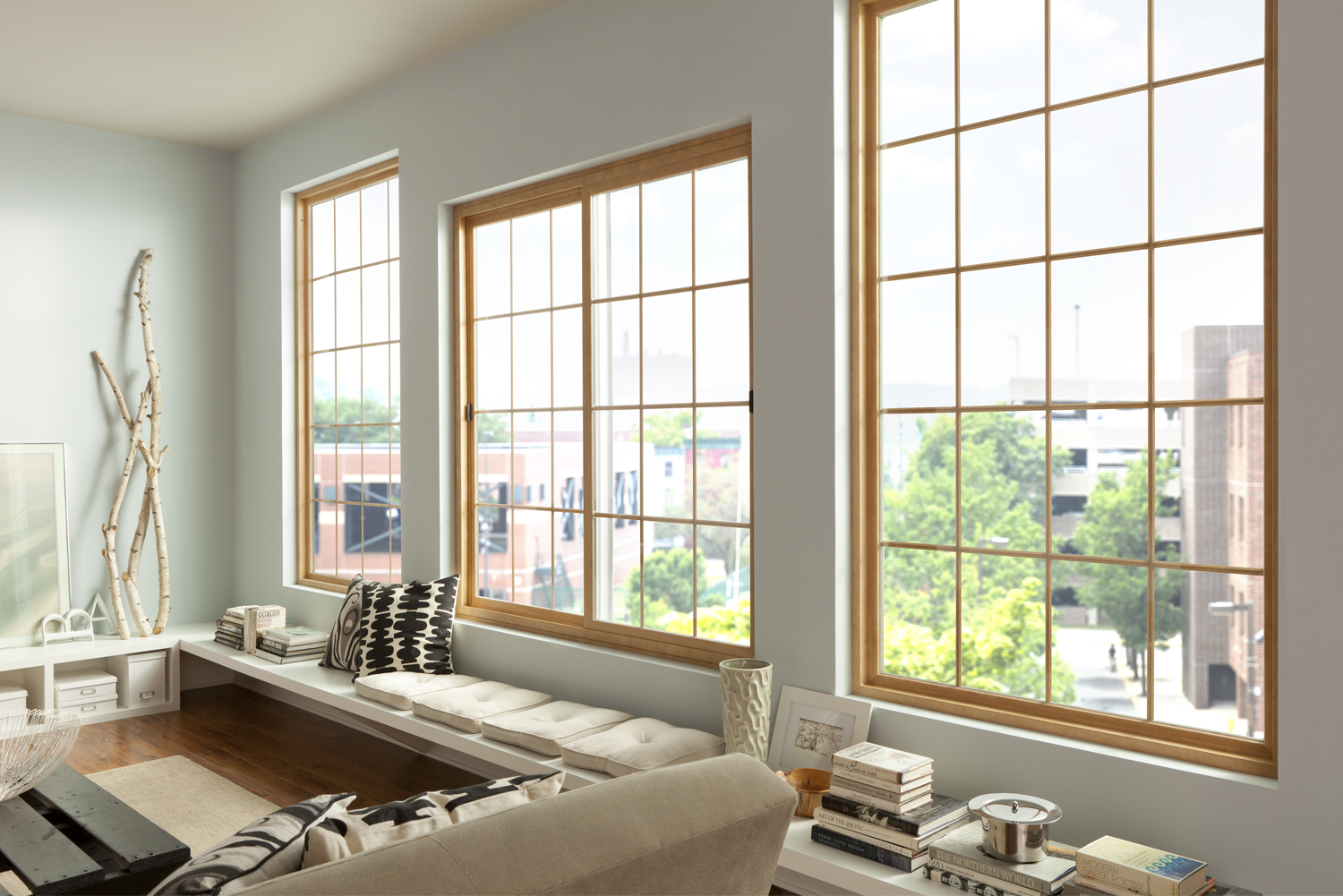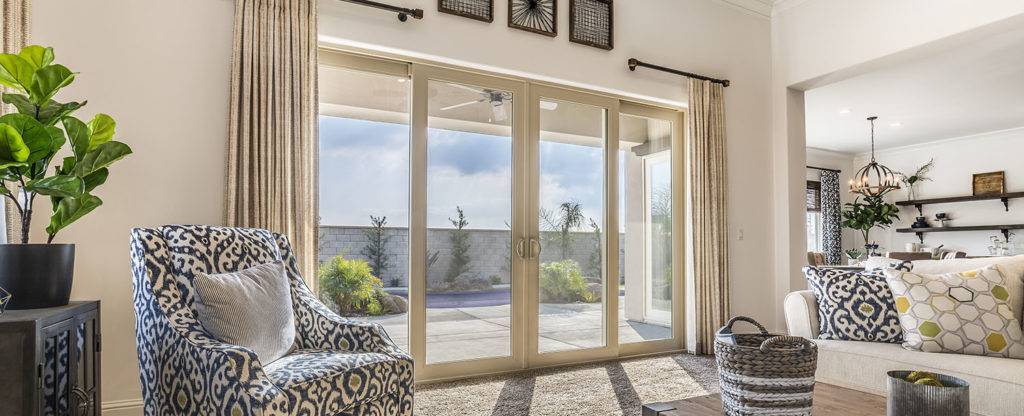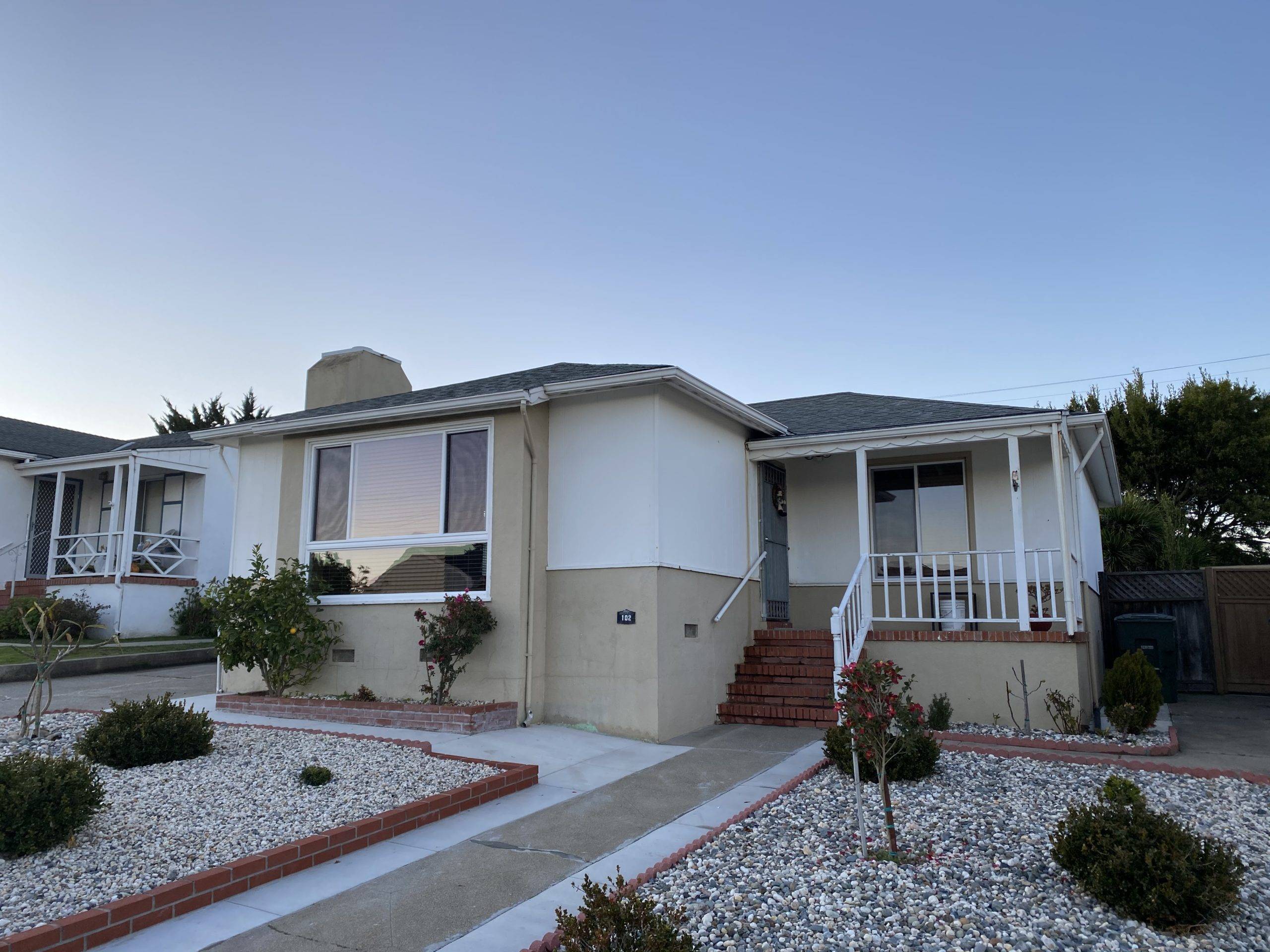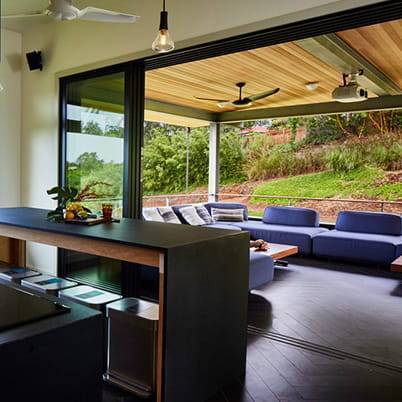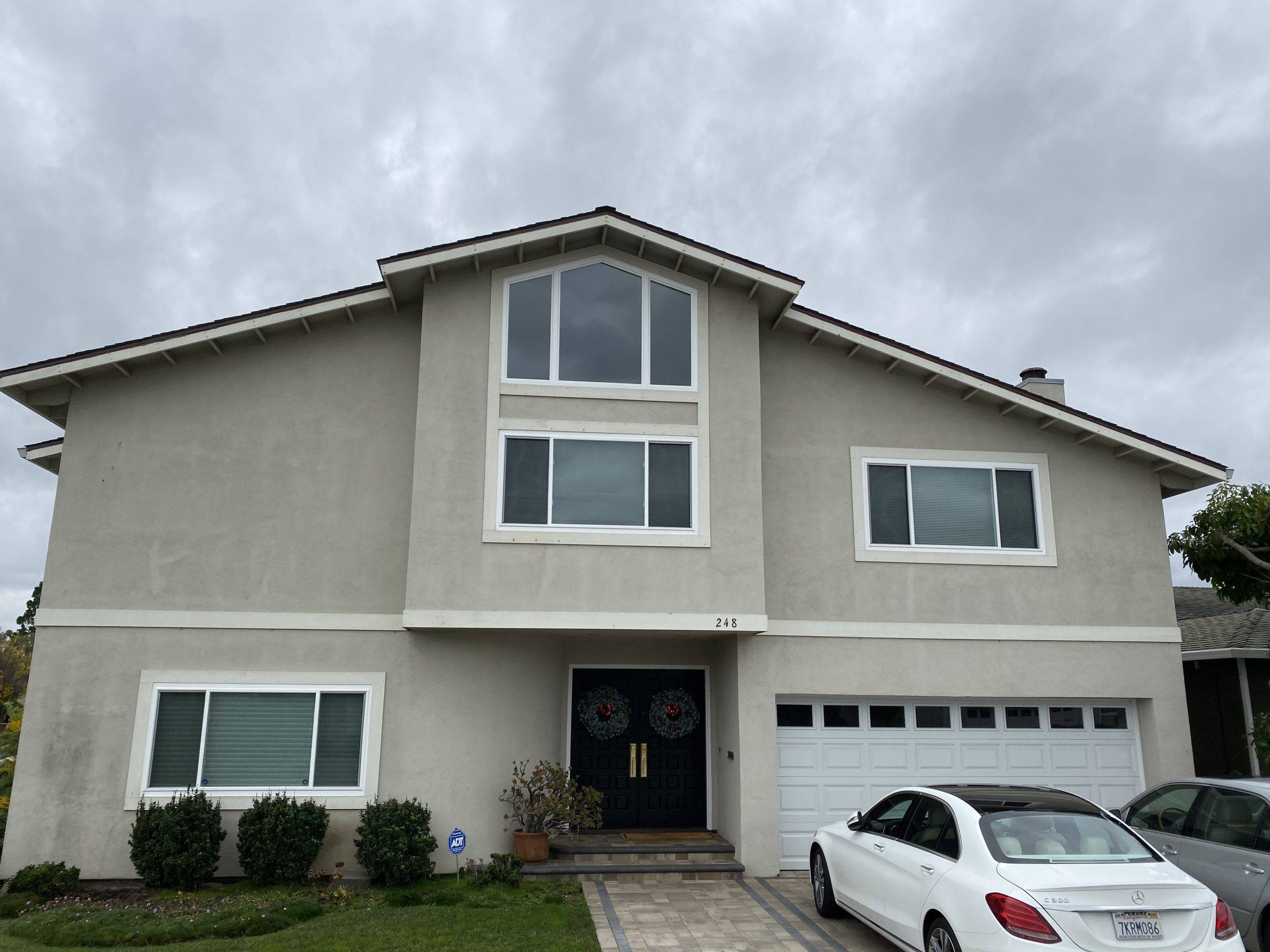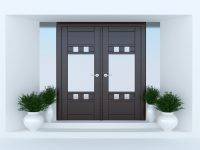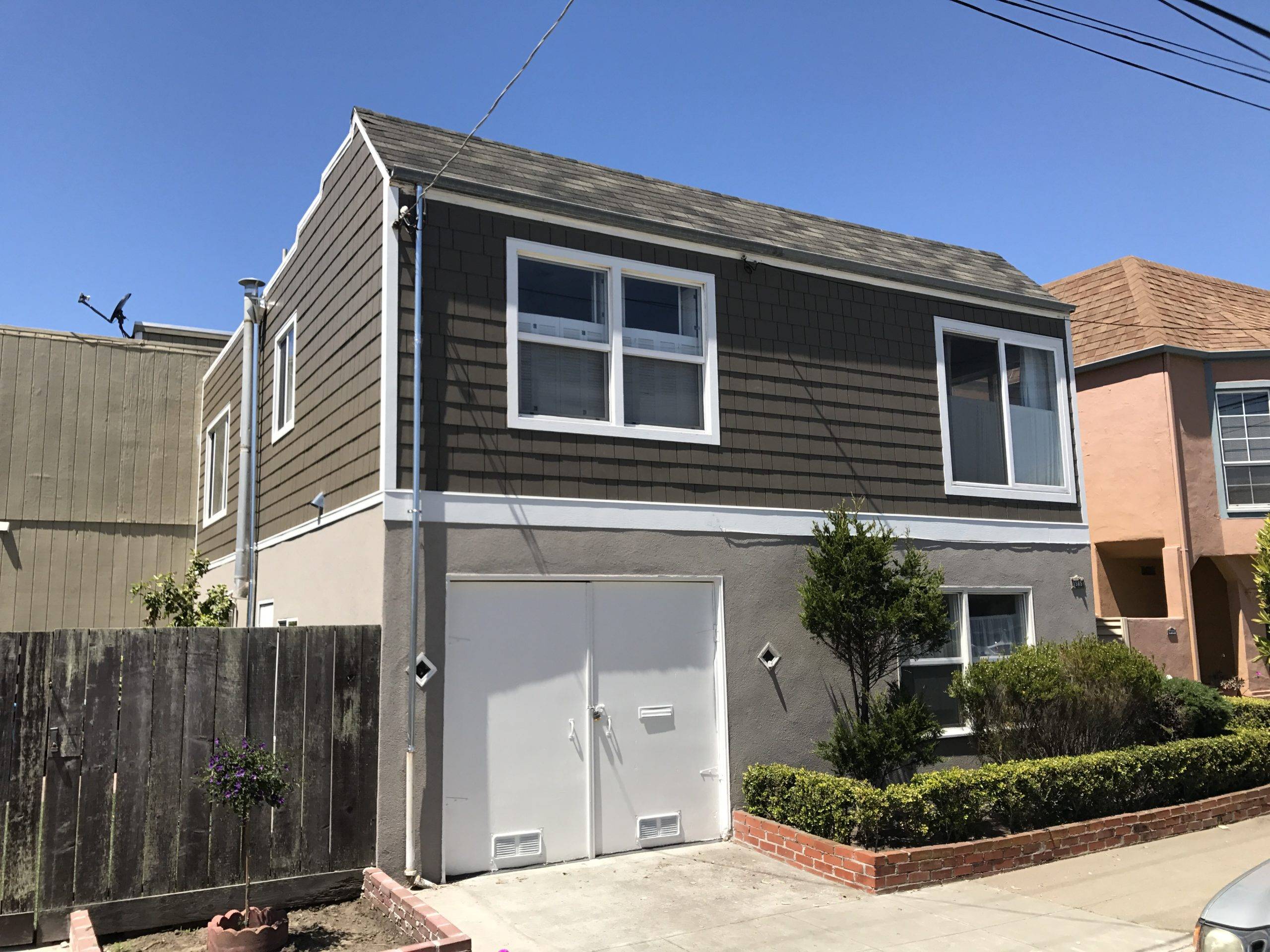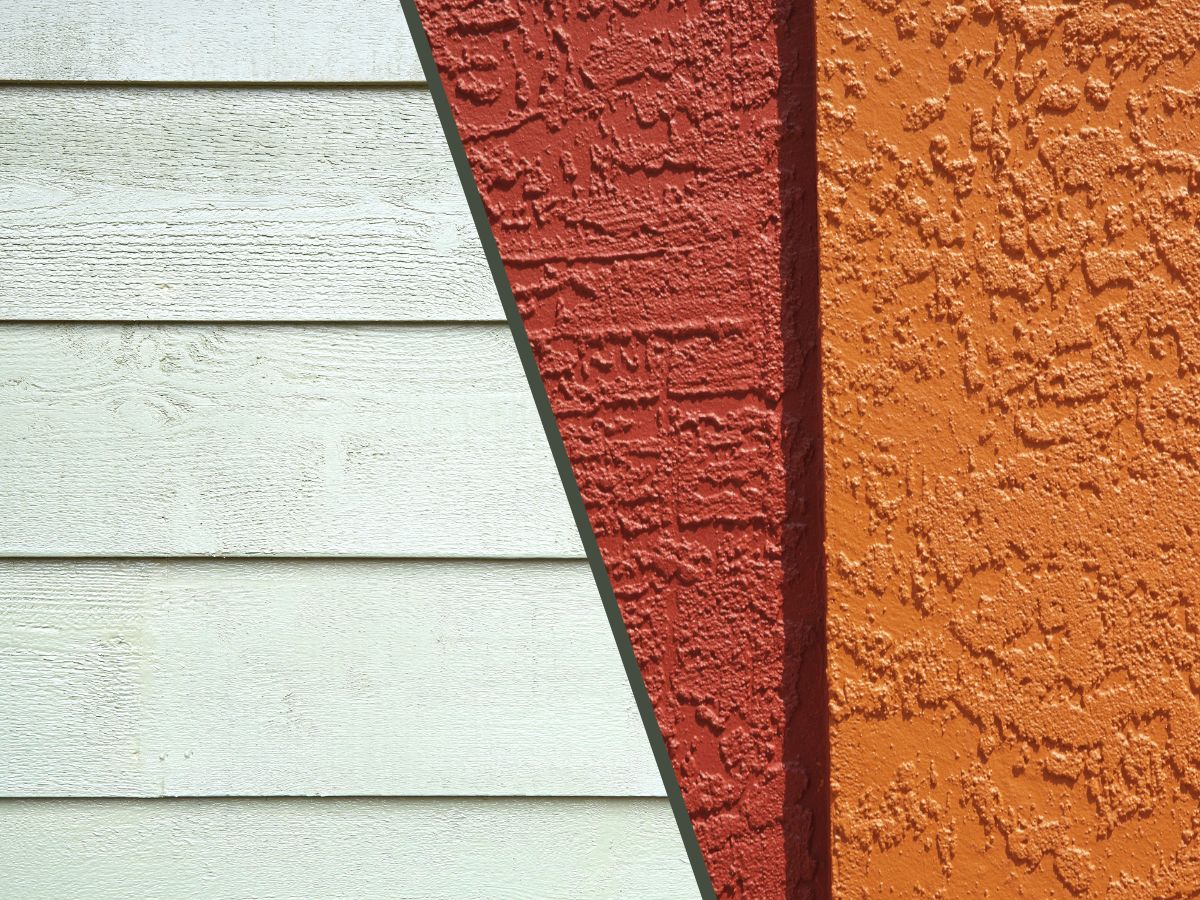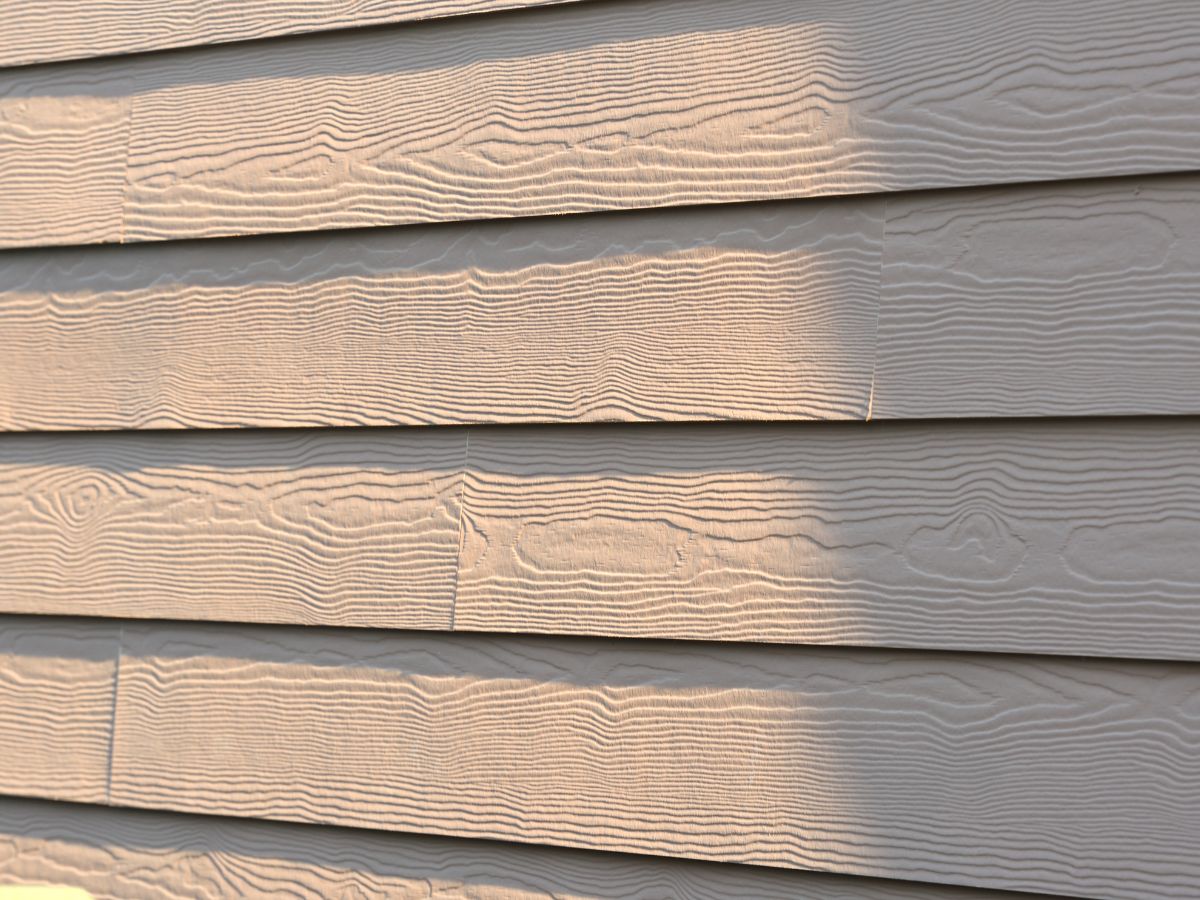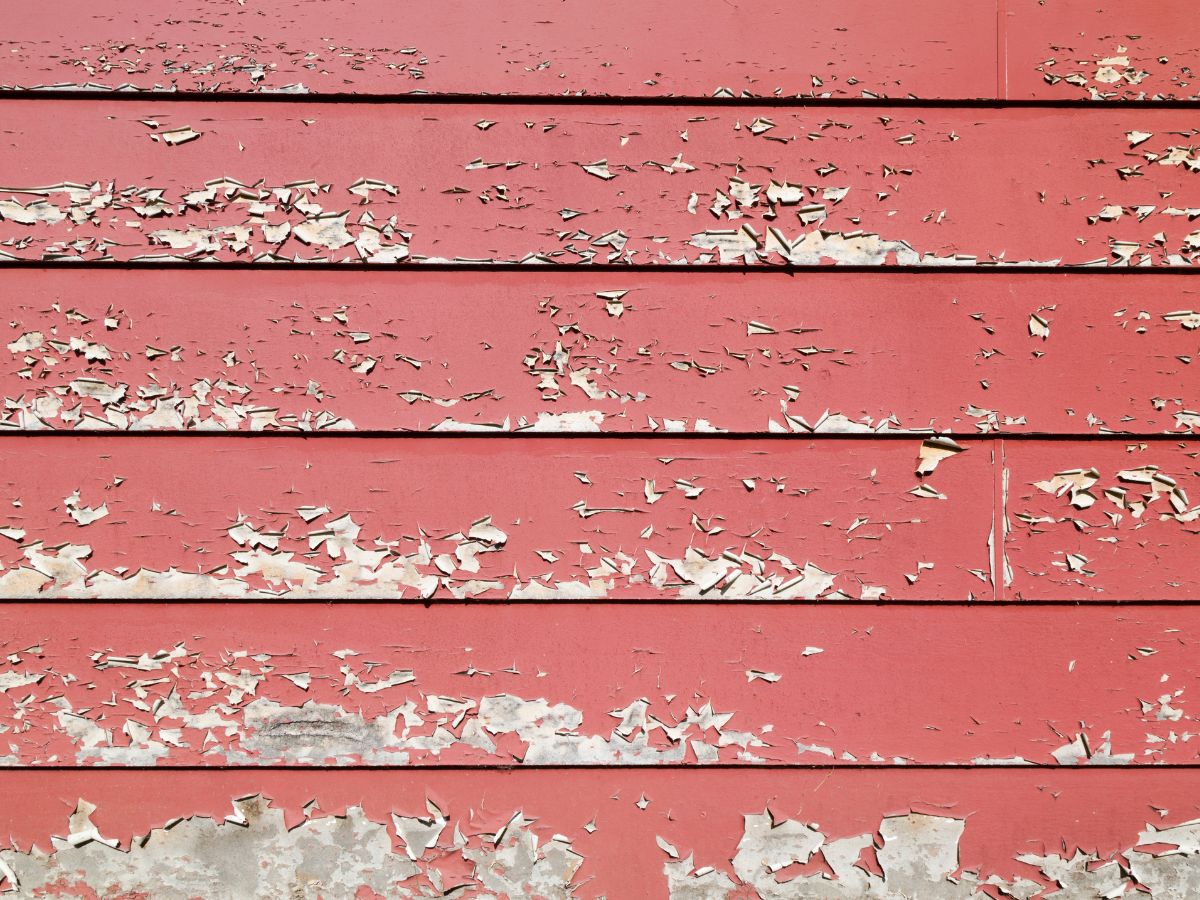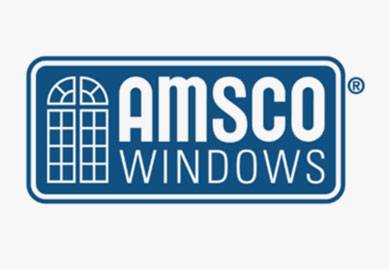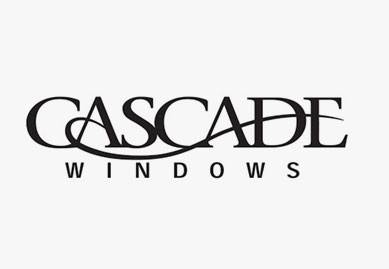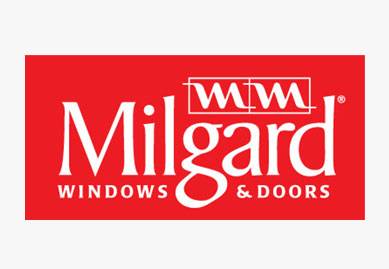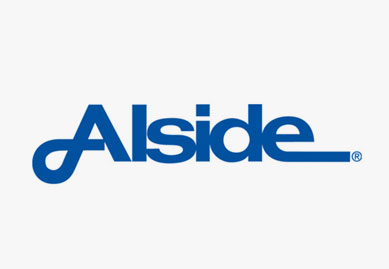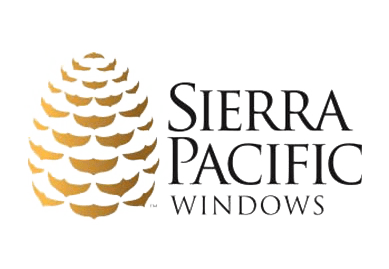Start today by connecting with us through chat, giving us a call, or submitting a form to schedule a free, in-home or virtual consultation.
WINDOWS & SIDING | SIDING, STUCCO AND MORE
Windows and Siding in Sacramento & Bay Area
Working with us is easy. We offer free in-home or virtual consultations and answer all questions about style, materials, features, pricing, financing, and more. The Best Exteriors team is committed to providing the best siding, window, and door services in San Francisco and the Entire Bay Area.
- Warranty on Every Product
- We Measure For Accuracy
- On-time Delivery
- Quality Installation

Alex M.
Regional Director | San Francisco Bay Area
OUR WINDOW INSTALLATION PROCESS
1 Connect
2 Measure
During the appointment, you view samples, ask questions, and consult with our expert to find the best fit for your project needs within your budget.
3 Install
All products and labor are guaranteed, and when Best Exteriors installs, the maker’s warranty usually doubles!

We guide you through all aspects of your project.

Choose the design, layout, sizing, efficiency, and functionality.

We’ll take accurate measurements and customize to fit any size or shape!

Our one-stop shop delivers your product and installs it at your convenience so you can enjoy a hassle-free experience.

WHY BEST EXTERIORS
You're In Good Hands
Free Consultaion
Receive expert tips and guidance for all aspects of your project
Discounts & More
Pricing from 40-60% off big box stores, plus other perks and specials
Top Rated
One of the top installers in the market with 1,000+ projects completed yearly
0% Financing
Zero-down programs that make remodeling simple and stress-free

OUR WORK
Windows & Siding
With over one thousand projects completed every year, Best Exteriors is one of the top installers in the market!
Projects GalleryWindows Replacement San Francisco
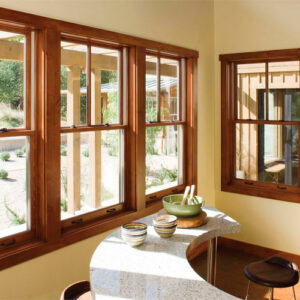
Combination windows are ideal for homeowners who want to boost style and ventilation. They allow you to combine multiple windows in one frame or place them side by side on a wall to create a custom look.
You can choose a single window configuration with multiple openings, or combine different shapes and styles for more light and airflow. These combinations add visual depth and make your home feel more open and modern.
Creative window placements can also help maximize natural light while improving indoor comfort. Whether building new or remodeling, thinking beyond standard layouts can make a big impact.
Below are a few smart window combinations to consider for your next window replacement project.
WINDOW COMBINATIONS
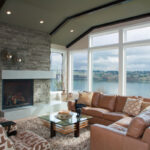
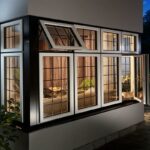
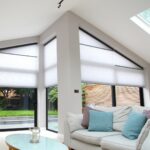



Popular Materials for Windows California
Vinyl is the most affordable and widely used window material. It resists moisture, never needs painting, and works well in California’s mild climate. However, it may warp under extreme heat and offers limited color options.
Wood windows offer classic beauty and excellent insulation. They can be painted or stained and work well in older or traditional homes. Wood requires more upkeep in coastal cities like San Francisco to prevent rot or swelling from humidity.
Fiberglass windows combine strength with low maintenance. They handle heat and moisture better than vinyl and do not expand or contract as much. Fiberglass can also be painted, offering more design flexibility.
Aluminum windows are lightweight and strong, but less energy efficient. They work best for large window spans and modern designs. However, they can conduct heat and may not meet California’s stricter energy codes without added insulation.
Each material affects energy efficiency, durability, and long-term cost. Before deciding, consider your climate zone, maintenance habits, and design goals. Getting the right material up front avoids future problems and adds lasting value to your home.
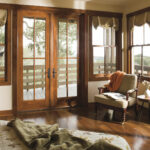

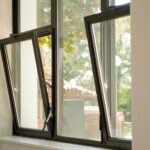



Doors and Windows San Francisco
WINDOWS STYLES

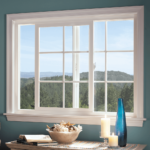
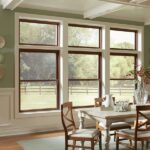
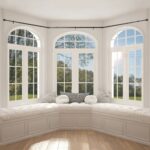






DOORS STYLES
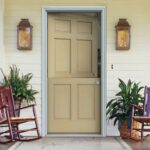
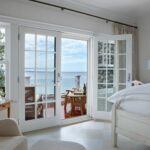
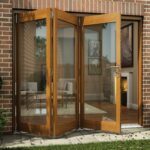
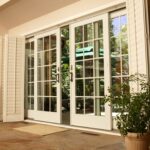
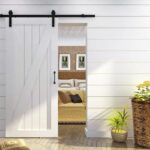





Replace Windows and Siding in San Francisco and the Bay Area
Window and siding replacement improves how your home looks and works. This upgrade can boost energy efficiency, add curb appeal, and protect your home from weather damage in San Francisco and the Bay Area. It also helps reduce heating and cooling costs in regions where temperatures often shift between fog and sun on the same day.
Windows and siding are your home’s first line of defense. They block moisture, improve ventilation, and help keep indoor temperatures steady. Good windows let in natural light while keeping out drafts, and strong siding shields your structure from wind, rain, and pests common in coastal areas.
Old windows or poorly installed siding cause avoidable problems. These include water leaks, mold, rising utility bills, and weak insulation. Outdated materials may also lower your home’s value or make it harder to sell. Addressing these issues early protects your home and saves money in the long term.
There are more reasons to upgrade than you might expect. New windows and siding allow better airflow, reduce outside noise, and support smart home features. Depending on where you live and the energy rating of the products used, some materials also qualify for rebates or tax incentives.
A complete replacement is also your chance to rethink the design. You can modernize the layout, add larger windows for more light, or update the siding texture to match current styles. Many San Francisco homes benefit from upgrades that preserve character but meet today’s performance standards.
Common Reasons to Invest in a New Window in San Francisco and the Bay Area
- Outdated windows lower the appearance of your home. Visible cracks, peeling paint, and frame gaps signal it’s time to upgrade. These flaws draw attention for the wrong reasons and take away from your home’s overall style. Replacing them restores visual balance and reflects a well-kept, modern design.
- New windows increase curb appeal and property value. Homes with larger panes, clean lines, and updated framing create a stronger first impression. These visual improvements make your property more attractive to buyers. Well-installed windows can also support a higher asking price at resale.
- Window upgrades improve indoor comfort. High-quality window systems provide better airflow, controlled ventilation, and consistent natural light, which shape how each room feels and functions year-round. A well-lit and well-ventilated space feels more welcoming.
- Modern materials simplify maintenance. Vinyl and fiberglass do not warp, rot, or peel. They hold their shape and color without extra upkeep. They also clean easily with water and mild soap, reducing the time and effort needed for care.
- Energy-efficient windows lower heating and cooling costs. Sealed frames and double-pane glass reduce drafts and stop air leaks. This helps maintain indoor temperatures and keeps your utility bills more stable. Over time, these savings can offset the cost of installation.
Why Install New Exterior Doors in San Francisco and the Bay Area?
Security is one of the top concerns when choosing a front door. At Best Exteriors, our door catalog includes strong, impact-resistant options that help protect your home from forced entry. These doors are built to meet high safety standards without sacrificing style.
Modern glass door systems bring in more natural light and expand your view. Wide sliding panels or full-glass designs open interior spaces while maintaining energy efficiency. You get both functionality and a clear connection to the outdoors.
A new door instantly upgrades the look and value of your home. Sleek designs, clean lines, and premium finishes boost curb appeal and complement modern and traditional exteriors.
Contact Best Exteriors to learn more about your options. Our team provides fast answers, expert advice, and reliable service to help you confidently plan your next project.

TESTIMONIALS
From Our Customers

We’re On Call 24/7 to React Promptly to Your Service
Needs, Don’t Hesitate to Call.
NEWS & UPDATES
Tips & Tricks From Blog
It’s Sourrounding Areas.


 all communications are private and not shared with other parties.
all communications are private and not shared with other parties.